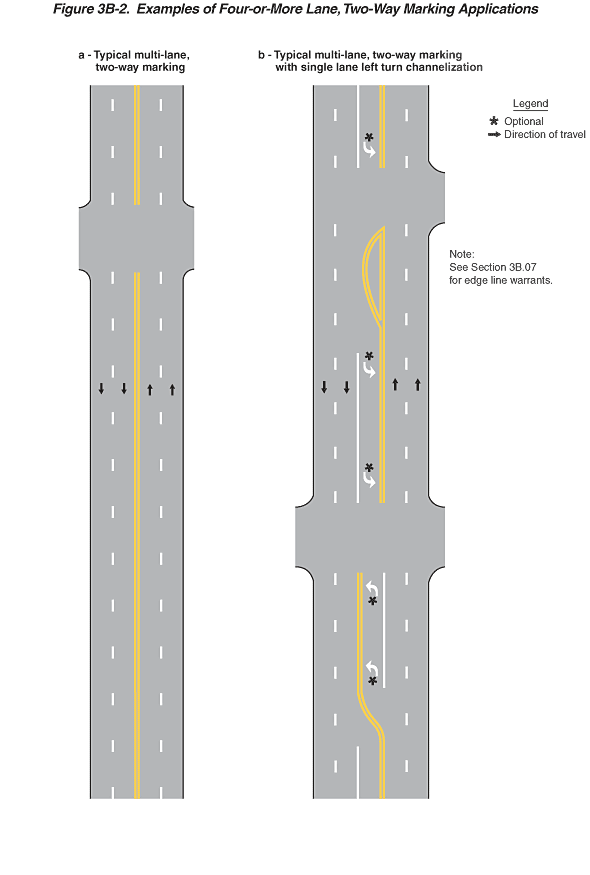
Figure 3B-2. Examples of Four-or-More Lane, Two-Way Marking Applications
This figure illustrates two examples of pavement marking applications on two-way roadways with four or more lanes.
Two vertical roadways are shown, (a) and (b):
- Example (a) shows "typical multilane, two-way marking." A four-lane roadway is shown. Arrows show that the direction of travel is two lanes in each direction. The roadway has a centerline marking of a solid double yellow line. A broken white line separates lanes traveling in the same direction.
- Example (b) shows "typical multilane, two-way marking with single lane left turn channelization." A five-lane roadway is shown with the fifth, center lane used for left turns. Arrows show that the direction of travel is two through lanes in each direction and left turns from the center lane. The roadway has markings of a solid double yellow line and alternating left turn channels marked with a solid white line to separate the turn lane from through traffic lanes traveling in the same direction. The turn lanes have optional white left-turn arrows marked on the pavement. A broken white line separates through lanes traveling in the same direction.
A legend shows a black arrow indicating the direction of travel in the lanes and an asterisk denoting "optional."
A note indicates "See Section 3B.07 for edge line warrants."
